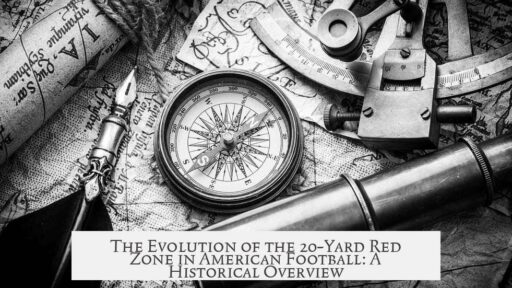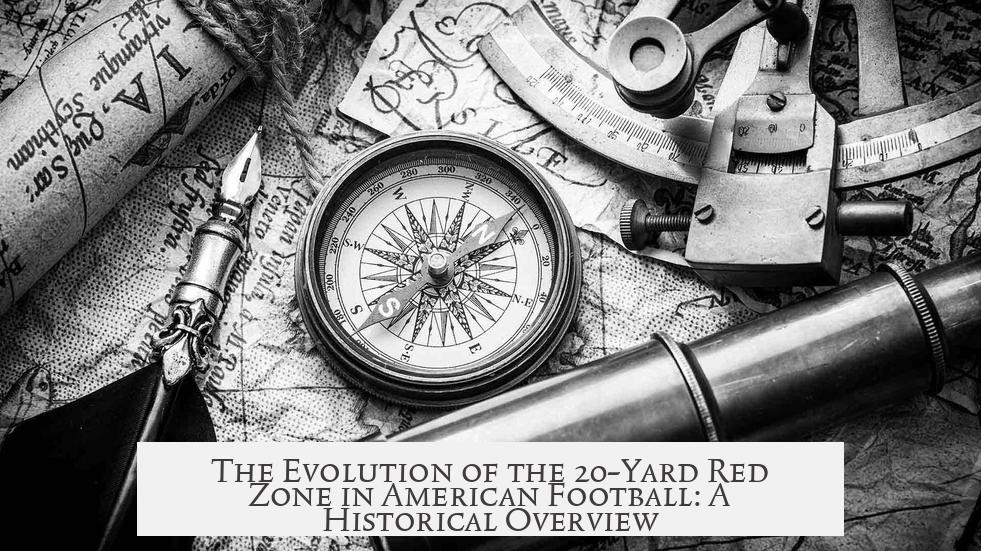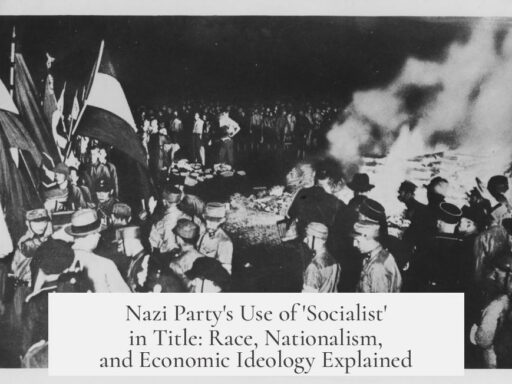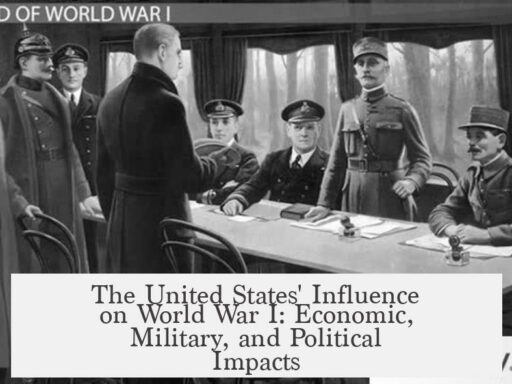The 20-yard red zone in American football originates from military jargon but evolved into a key football term during the late 1970s and early 1980s, linked to areas within 20 yards of the opponent’s goal line.
The term “red zone” first comes from military use in World Wars I and II. It described parts of a battlefield or region marked by intense danger or destruction. In this sense, the “red zone” was an area to approach cautiously.
Its transition to football slang occurred around the late 1970s. Early 1970s newspaper mentions of “red zone” were mostly typos related to “end zone.” The pivotal figure credited with coining the term in football is Dave Plati, a statistician for the Denver Broncos and sports information director at the University of Colorado. Around 1979, Plati began referring to the area within 20 yards of the goal line as the red zone while analyzing team offensive and defensive efficiency.
The phrase gained wider recognition when NFL coaches used it in coaching and media contexts. The first documented football use, according to the Oxford English Dictionary, is from an April 1981 article quoting Washington Redskins coach Joe Gibbs. Gibbs used “red zone” to motivate his struggling team, emphasizing the importance of scoring efficiency inside the opponent’s 20-yard line. The expression resonated and spread quickly.
Another significant proponent was Bill Parcells, then coaching the New York Giants. Early 1980s newspapers often credited him with popularizing the term. Parcells described the red zone as those crucial twenty yards near the opponent’s goal. With figures like Gibbs and Parcells using it publicly, the term became standard in football lexicon by the early 1980s.
| Year | Event | Contribution |
|---|---|---|
| World War I & II | Military term for danger zone | Origin of “red zone” as a high-risk area |
| Circa 1979 | Dave Plati coins term in football | Defines 20-yard area for efficiency stats |
| 1981 | Joe Gibbs uses term publicly | Boosts team’s motivation, widens usage |
| Early 1980s | Bill Parcells promotes term | Further popularizes across NFL |
The red zone today refers specifically to the area between the opponent’s 20-yard line and the goal line, marking a critical zone for scoring opportunities. This concept helps analyze offensive success and defensive challenges when a team nears scoring.
- The term “red zone” originates from military jargon denoting danger.
- Dave Plati first applied it to football statistics near 1979.
- Joe Gibbs popularized the term publicly in 1981 to inspire his team.
- Bill Parcells helped spread the term during the early 1980s.
- By the mid-1980s, “red zone” became standard football vocabulary for the final 20 yards.
The History of the 20-Yard Red Zone in American Football: From War Zones to Game Zones
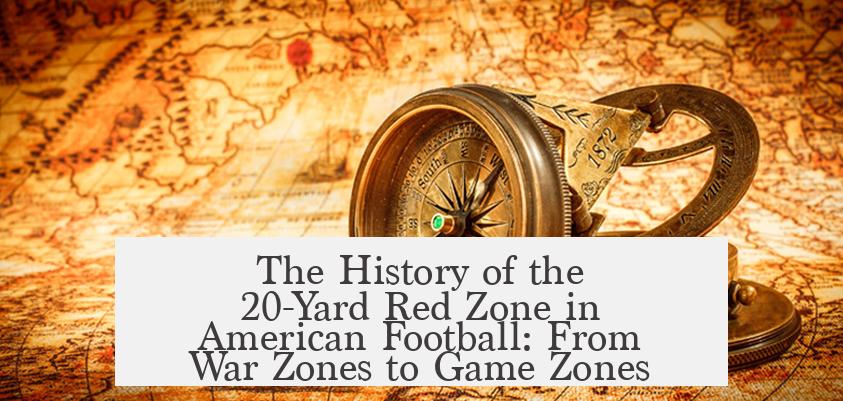
What is the history of the 20-yard red zone in American football? Simply put, the 20-yard red zone term emerged as a clever and vivid metaphor borrowed from military history, evolving into football slang in the late 1970s before becoming a mainstay of the sport’s lexicon in the early 1980s. This journey reflects how language and culture shape sports terminology in surprising ways.
Let’s take a closer look at the story behind the red zone and why it means so much in football today.
From Battlefields to Football Fields: The Origin of the Term “Red Zone”
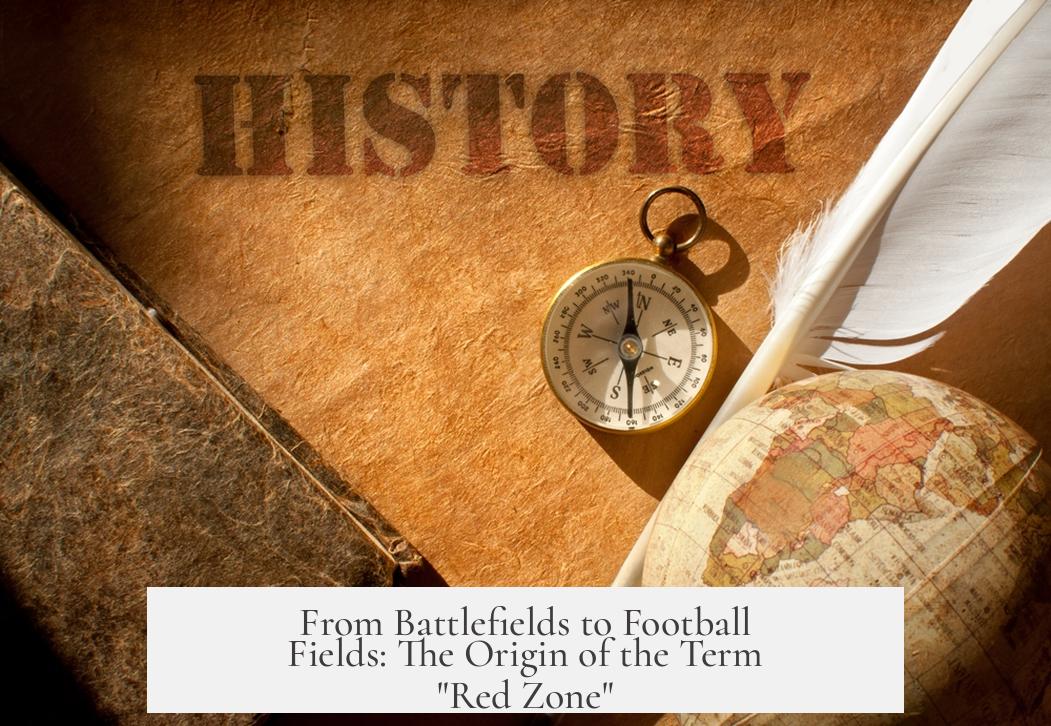
Believe it or not, the “red zone” phrase didn’t start on the football field. It hails from military terminology first. During World War I, soldiers used “red zone” to describe areas that had been utterly devastated—think of landscapes so ravaged that rebuilding was near impossible. The term carried a heavy zero-tolerance vibe, indicating zones that were dangerous and forsaken.
By World War II, the red zone still meant a highly dangerous region, a place where the risk of destruction was severe and imminent. This connotation of danger and high risk makes perfect sense in battlefield contexts but seems quite the jump when it jumped over to football parlance.
How Did “Red Zone” Become Football Slang?
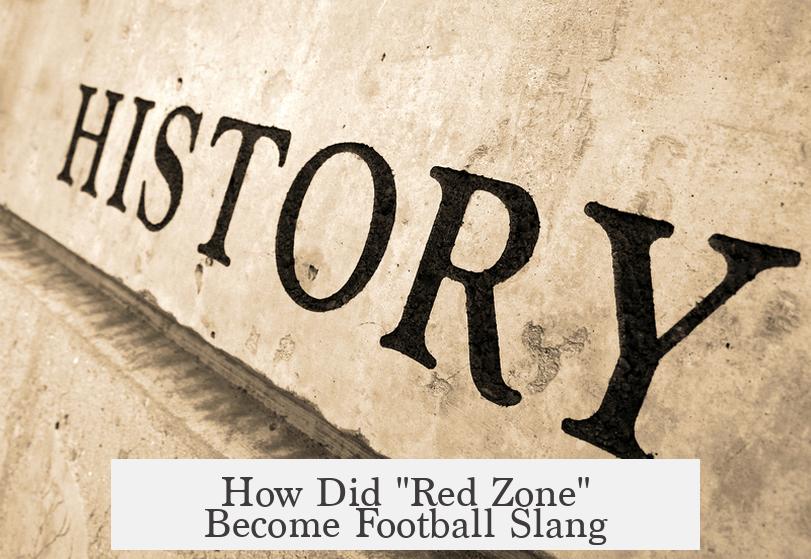
The transition from military jargon to football slang happens around the late 1970s. The sporty use of “red zone” didn’t just fall from the sky—it was shepherded by a keen observer who wanted a new way to talk about a pressing part of the game. Early references from 1972 in newspapers were actually erroneous or typos, confusing “red zone” with “end zone.” Nothing official until later.
Enter Dave Plati, the University of Colorado’s sports information director. Around 1979, Plati reportedly coined the phrase “red zone” to describe the area inside the opponent’s 20-yard line. He made this term popular while charting the Denver Broncos’ offensive and defensive efficiency data around 1980. This statistical focus turned into a nickname for those crucial last 20 yards—where games often swing dramatically.
Imagine being a stats guy in Denver, crunching numbers and seeing that the game truly heats up near the end zone. “Red zone” just fits perfectly, evoking a high-stakes battle where mistakes cost dearly.
Popularity Explodes: Joe Gibbs and Bill Parcells Take the Stage

The phrase really took off in the early 1980s. The first documented « red zone » usage in football came in April 1981, in a Washington Post article featuring Washington Redskins coach Joe Gibbs. Gibbs used “red zone” as a motivational tool. His team struggled when inside the opponent’s 20, and he wanted to get everyone focused on these critical yards. Who says coaches can’t be wordsmiths?
Gibbs’ Redskins were in a funk early in the 1981 season, 0-4 with the NFL’s worst scoring offense inside the red zone. His adoption of the term gave it life and traction almost instantly. Within a year or two, “red zone” became common football parlance, used extensively by fans, coaches, and sportswriters alike.
Meanwhile, Bill Parcells, the New York Giants’ coach during the early 1980s, also played a massive role in cementing the phrase. He referred to the last 20 yards as the “red zone” and was popular enough that some early 80s newspapers mistakenly credited him with coining the term. Parcells’ no-nonsense style fit the theme perfectly: the 20-yard area is “all business,” high pressure and high reward.
Why The 20-Yard Mark?
Why 20 yards? Because it marks the boundary between midfield maneuvers and the “danger zone” before scoring. This strip of turf is where defenses tighten and offenses try their hardest to punch the ball into the end zone. The red paint lines the end zone, but those 20 yards leading up to it are the “where-the-battle-happens” zone.
From a strategic standpoint, the red zone is where nerves meet skill. Success here often dictates who wins. That’s why it deserves its own term and special attention, both in coaching stats and fan discussions.
What the Red Zone Means Today
Nowadays, the red zone is a key stat. Teams measure offensive efficiency: How often do they score touchdowns or field goals from inside the red zone? Conversely, defense measures how well they stop opponents there. The concept has become more than just slang; it’s an analytical tool.
Sports broadcasts, fantasy football apps, and fan debates often highlight “red zone opportunities.” Heck, some stadiums even flash a “red zone” graphic when a team crosses the 20-yard line! This term has become part of football culture and strategy.
Putting It All Together: Why This History Matters
Understanding the red zone’s origin is more than trivia. It shows how language adapts from harsh realities of war to the drama on the gridiron. It’s cool to realize that when you hear “red zone,” you’re hearing echoes of World War battlefields mixed with the grit of modern football.
Moreover, the role of people like Dave Plati, Joe Gibbs, and Bill Parcells proves that innovation in sports can come from unexpected places: stats rooms and locker rooms, not just the field. If you’re a fan struggling to grasp game strategy or a new analyst seeking fresh angles, remember this history. It teaches that powerful concepts often have layered, rich backstories that add depth to what we enjoy watching.
Final Thought: Do You See the Red Zone Differently Now?
Next time your team barrels into the red zone, imagine the tension and legacy behind those last 20 yards. This isn’t just about points; it’s about a concept born from severe hardship, transformed into a symbol of opportunity and pressure. Who knew football could carry such weight?
Have you ever cheered or groaned because of a red zone play? What’s your favorite red zone moment? Share your thoughts and keep the conversation rolling!
